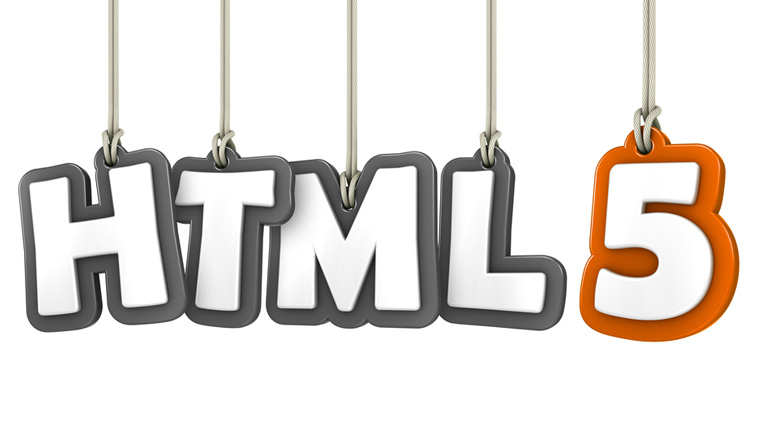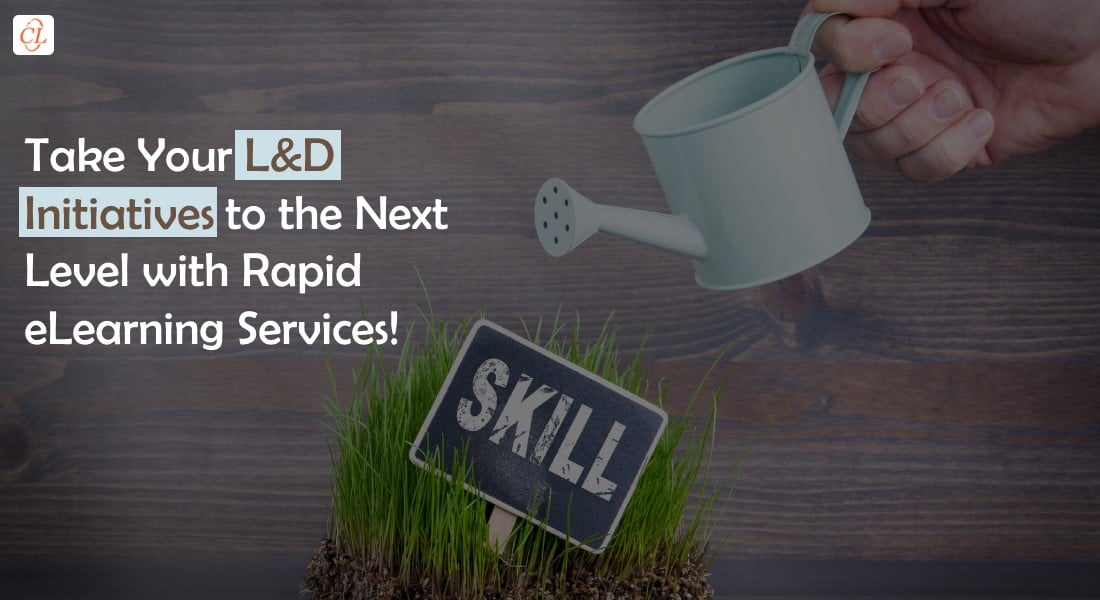3 Practical Tips to Get Started with Converting Classroom Material to eLearning

Have you ever considered that introducing eLearning in your firm could be the most convenient and cost-effective training strategy?
You mustn’t assume that because you have amazing classroom instruction content, all you need is to convert it to eLearning, and you are ready for online learning. Converting classroom training material is not so simple. Continue reading to get answers to the most frequently asked questions and a roadmap to help you convert your existing classroom training material to eLearning.
Do You Find it Difficult to Convert Your Classroom Training Material to eLearning?
Check these practical tips to help you:
- Decide Learning Objectives
- Analyze Content
- Choose Formats for eLearning Modules
Is it Possible to Convert Classroom Material to eLearning “Automatically”?
Converting classroom material to an eLearning course is comparable to turning a book into a movie. Books are famous for their imaginative storylines; however, movies are visual and interactive.
So, the answer is a resounding no! It’s not enough to “automatically” convert classroom material to an eLearning course by publishing a PPT deck online. The fact is that eLearning requires:
- A robust instructional design strategy
- Rapid eLearning design and development
- Authoring tools expertise
- The ability to transform classroom material into eLearning
Is your training material ready for eLearning? Check it out here!
3 Practical Tips to Convert Existing Classroom Material to eLearning
1. Decide Learning Objectives
It would be easy if you decide your learning objectives at the start of your eLearning course creation as well as identify what you need to include in your eLearning courses. They can guide you as you begin designing and developing an eLearning course. It’s common for course developers to ignore the relevance of learning objectives in favor of secondary considerations such as media, writing tools, and content.
2. Analyze Content
You must check your content to ensure that it’s consistent with your learning objectives. If you discover any gaps in the information, you must seek the assistance of SMEs (subject matter experts) to fill those gaps, and you need to update your content to make it appear comprehensive. The easiest approach to assess content is to arrange it in a spreadsheet, as this allows you to identify, edit, and eliminate the content.
3. Choose Formats for eLearning Modules
Few eLearning courses need basic formats, whereas others might need advanced formats. The format that you choose depends on the type of content, budget, audience, and the topic of your course. Here are the top 3 formats of eLearning modules:
Simulations
This eLearning format involves a wide range of animations, videos, scenarios, and game-based learning. It provides the highest level of interaction.
Interactive Learning
This format enables learner engagement. You can add quizzes to a variety of courses to enhance your learners’ interaction. It might take some time to design complex interactions, but through the magic of authoring tools it’s possible to create them easily and rapidly.
Read and Click
The read and click format is helps you provide compliance training. This format is easy to create and is useful for compliance courses, because they incorporate quizzes and games. Learners can read a quiz question and click a button to answer the question.
Why Should You Estimate the Duration of Your eLearning Courses?
It’s always best if you know how long your course lasts. You must assume you’ve created a highly interactive eLearning course, and training managers are eager to share it with their learners. However, your boss might want to know the duration of your course. You may wonder why he wants to know. Right?
It’s reasonable that senior managers want to know the duration of your eLearning course In addition, your learners would want to know their course’s duration before starting it, as this way, they can plan their day. It also tells them how much time they need to set aside to finish their course.
The Best Way to Calculate Course Duration
The best way to calculate an eLearning course’s duration is to have learners test them in real time. You can have them undertake the course and calculate the average time each learner takes. You should have a variety of learners, with varying skill levels and mindsets, complete the course while you time them. After finishing the testing, you need to compute the time taken by the learners and the average time it took them to complete the course.
End Notes
Converting classroom material to eLearning saves a significant amount of money, time, and logistical costs. This blog attempts to demonstrate how critical it is, in today’s world, to convert classroom material to eLearning. You must use the suggestions provided here to create engaging content as you design and develop your eLearning course. If you want to learn more about how to implement eLearning in your organization, then download this free eBook.





